Outdoor living spaces can be both cozy and stylish while standing up to whatever Mother Nature throws at them. The secret? Investing in the right weather-resistant patio sectionals. Spotting the difference between a couch that'll flake out after a single storm versus one that'll last through all the seasons boils down to understanding the materials and maintenance they need.
Weather-resistant sectionals are tailored to handle conditions like rain, scorching sun, and even snow. Whether you're kicking back with a cold drink in the summer or enjoying a mild winter evening, these pieces of furniture have got your back. They come equipped with specially designed materials that tackle moisture, UV rays, and temperature changes to prevent cracking, rusting, or fading.
When talking patio sectionals, it's all about the materials. Aluminum, with its rust-proof properties and lightweight design, is a go-to for many. With powder-coated finishes, the durability and color lifespan are superbly extended. But don’t sleep on wood! Special options like Eucalyptus and Teak bring beauty with the bonus of natural rot resistance, creating an elegant vibe while staying practical.
This journey isn't just about buying the right materials but knowing how to keep 'em in top-notch condition. A little love in the form of cleaning and maintenance goes a long way, and that's where I come into play—providing you the down-low on keeping your patio furniture winning against the elements year-round.
Metal Sectionals: The Power of Aluminum
Aluminum is like the superhero of outdoor furniture materials – tough, rust-resistant, and ready to stand up to the elements without breaking a sweat. It's lightweight, making it a breeze to rearrange your patio setup for whatever social gathering or quiet evening you’ve got planned.
When it comes to keeping your aluminum in top shape, it’s all about that powder-coating. This nifty finish acts like a shield against scratches and chips while giving your furniture a pop of color that'll stick around, even after seasons of sun and rain. Think of it as armor, but way more stylish.
Maintaining aluminum sectionals is a piece of cake. Regularly dust off any dirt or grime that decides to settle, and give it a cool rinse with a hose now and then. Just ensure you're avoiding harsh chemical cleaners that could mess with that protective finish.
When nasty weather hits, there's no harm in doubling up on protection with some furniture covers or moving them indoors if possible. That little extra effort will pay off, keeping your sectionals looking fresh and fabulous no matter what nature throws their way.
Aluminum not only brings functionality but offers a sleek, modern look that pairs well with almost any outdoor setup. It's ideal for turning your patio into an attractive and inviting space, perfect for entertaining or simply enjoying some tranquility.
Wooden Beauties: Choosing Rot-Resistant Hardwoods
When you're after that classic, natural look for your outdoor setup, wooden sectionals come into play. Hardwoods like Eucalyptus, Teak, and Acacia aren’t just a pretty face—they’re packed with rot-resistant qualities that make them perfect for weathering the great outdoors.
Eucalyptus is a champ at standing up to moisture, making it a top choice if rain tends to be a frequent guest in your backyard. Teak is like the luxury option here, offering a rich aesthetic while being naturally oily, which helps keep rot at bay. Acacia, on the other hand, is a bit more budget-friendly but doesn’t skimp on its durability credentials.
To keep these wooden wonders looking sharp, a bit of routine TLC is key. You don't need to be a woodwork wizard to do it. Grab some oil suited to your wood type, and get your annual application going. This not only protects the wood but will help the grain pop, adding sheen to your outdoor oasis.
Cleaning is straightforward—just a quick wipe with mild soap and water does the job. And if things get a bit funky with moss or mildew, a gentle scrub will set things straight. Just remember, direct sunlight isn't your hardwood's best friend, so if the sun’s blazing a bit too hard, consider some shade or a cover when things aren’t in use.
Wooden sectionals add warmth and charm, balancing both looks and long-lasting performance. They’re about having something beautiful and meaningful that also stands up to the elements.
Versatile Resin Wicker: The Modern Outdoor Solution
Resin wicker is a rockstar choice for outdoor furniture, perfect for those who dig the woven look without worrying about frail old wicker falling apart. It's made from a hardy poly material that's tightly woven over a sturdy metal frame. This combo gives you the classic charm of wicker with the durability to handle the weather's wild swings.
One of the coolest things about resin wicker is its eco-friendly side. Most of it is made from recycled materials, so you're doing a little good while getting your patio in shape. Plus, it comes stained in a variety of colors, making it easy to match your space's vibe.
Keeping resin wicker in good nick isn’t rocket science. A regular wipe-down with a damp cloth keeps it looking fresh. Make sure to tackle dirt or spills before they settle in for the long haul. One quick tip—keeping your furniture away from standing water will help extend its lifespan.
With resin wicker, you're not just about style; you're about a long-lasting, sustainable choice that doesn't demand heavy-duty upkeep. It's ready to be the star of your patio, regardless of what the forecast says.
Cushions and Pillows: Maximizing Comfort and Longevity
Cushions and pillows bring the comfort game up a notch. But when it comes to outdoor furniture, picking the right materials is crucial. There are three main contenders in the cushion world: polyester, olefin, and Sunbrella. Each has its perks and price points, but they all strive for one thing—staying comfy and looking sharp under the sun.
Polyester is the go-to budget-friendly option. It does the job but might need replacing every couple of years unless you're strict with care routines. Olefin sits in the middle range, offering better color retention and wear resistance than polyester even at a moderate price.
Sunbrella, though, is the creme de la creme, specially crafted for toughness in outdoor settings. It resists fading and mildew, making it a solid pick for couch cushions that’ll see heavy action. But remember, even Sunbrella needs some shelter if you want it to last beyond a few seasons.
For any cushion material, sun and moisture are the double whammy that'll wear them out faster than anything else. Cover or store cushions when elements are looking fierce. Putting them away in a dry spot during storms or harsh weather days will pay off in durability.
And let's not forget the foam inside. Whether it’s one solid piece or chunky bits, it generally supports around 200 pounds. Keeping that in mind, turning the cushions every now and then helps maintain their shape and adds to their lifespan.
Making smart choices about cushion materials and practicing a little preventative care helps in keeping your outdoor setup inviting and comfortable year-round.
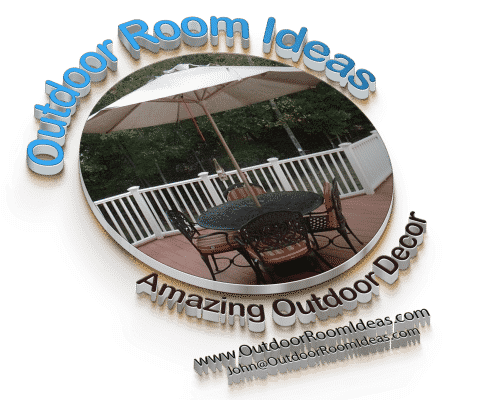
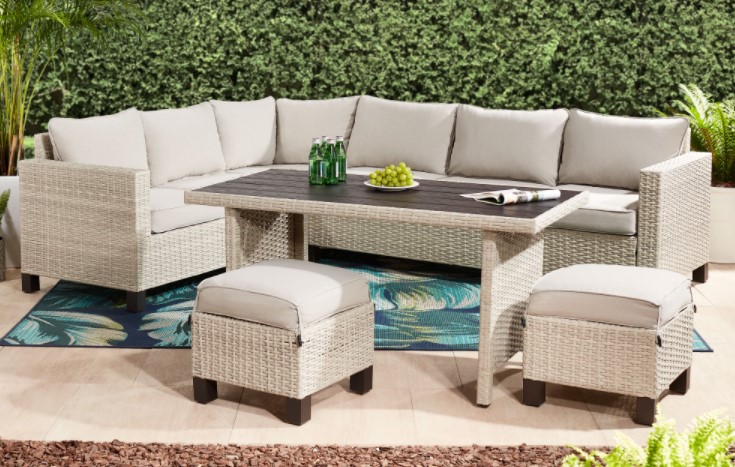

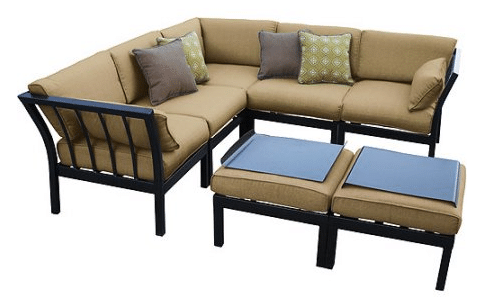
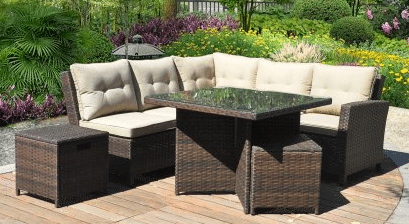
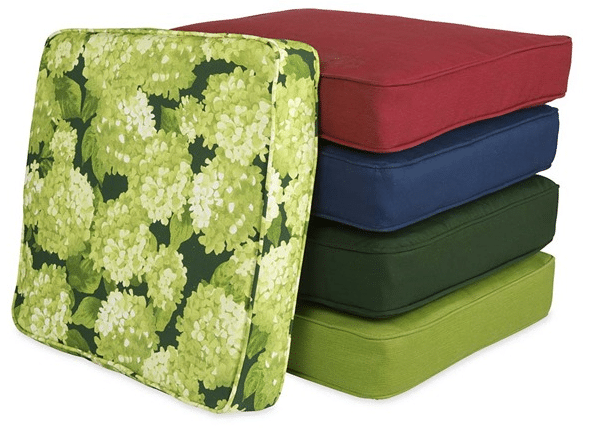
Great insights into choosing weather-resistant patio furniture! I especially appreciate the breakdown of materials like aluminum and hardwoods like teak. They seem like smart investments for outdoor spaces.
I’d love to know more about the cost side of things—what’s the typical price range for high-quality weather-resistant patio sectionals? Also, do you have recommendations for good retailers or brands that balance durability and affordability? Thanks for the tips on maintenance; those will definitely come in handy!
Jim,
The wicker is the cheapest, with metal and wood being on the higher price side.
john
What can be read here about weather-resistant patio furniture is quite informative. I’m interested in specific materials that offer the best durability in extreme weather conditions. For example, how do synthetic wicker and aluminum compare in terms of longevity and maintenance? Additionally, the article mentions UV protection—are there any recommended brands or treatments that enhance this feature? It would be great to hear from others who have tested different materials and their experiences with them. Does anyone have any tips for keeping their patio furniture looking and functioning over several seasons?
Slavisa,
Wicker furniture will last very well in most outdoor conditions, most will have a steel or aluminum frame. Aluminum frames are a good choice, the welds are normally the weakest point. Both will require cleaning and storage during the time they are not in use.
The sun will fade most fabrics and painted surfaces in a few years. The only protection is to store out of the sun when not in use. Hot dry environments are the hardest on patio furniture and these environments are where people leave their patio furniture out the most.
I found the best way to keep patio furniture looking the best is to have a cover or storage solution in place to protect your investment. My patio furniture at the lake sits out all the time, it is under a cover to keep the sun and rain away. I also store my cushions in the trailer when not in use. I have had these items for over 15 years with no fading and only yearly upkeep on the furniture frames.
John